By Louise Irvine
Ballet from the Italian ballare, meaning “to dance” originated in the Renaissance courts of Italy. Nobles participated in lavish spectacles of dancing and music, particularly for celebrating weddings. The choreography was adapted from court dance steps taught by dancing masters. When Catherine de Medici married the heir to the French crown, she introduced her enthusiasm for dance to the French court. She funded glittering ballets de cour which integrated dance, décor, costume, song, music, and poetry, often inspired by mythological themes. Combining performance and social dancing, these ballets lasted for many hours and were often vehicles for royal and political propaganda.
The Sun King
Louis XIV was passionate about dance and he became known as the “Sun King” after his role as Apollo in the Ballet de la Nuit when he vanquished the witches and werewolves of the night. In 1661, the King established the Academie Royale de Danse with strict social protocols. The vocabulary of classical ballet as an art form, developed as notations for dance steps, codified the five basic positions of the feet. Ballet gradually moved to the stage following the foundation of the Académie d’Opéra and the first professional ballet company, the Paris Opera Ballet.
La Camargo
Marie de Camargo, the 18th-century French dancer, was the first ballerina to execute the entrechat quatre jump and she shortened her skirt to show off her footwork. La Camargo was also responsible for introducing ballet slippers instead of heeled shoes. France represented fashionable culture for many other royal courts in Europe and introduced theatrical ballet to many other nations. In Tudor Britain, Queen Elizabeth I enjoyed extravagant masques. The influence of the aristocrats waned after the French revolution from 1789 to 1799 and folk tales replaced classical myths in the hands of professional librettists. Ballet became a dramatic art form on par with the opera.
Ballet Blanc
The supernatural took prominence during the Romantic movement of the 19th century and ethereal dancers, dressed in white tulle calf-length tutus, portrayed spirits from traditional folklore and magic. Ballerinas seemed to float in the air in these “white ballets” as they demonstrated new techniques by dancing on tiptoes en pointe. Marie Taglioni became famous for her pure sylph image in La Sylphide, one of the oldest romantic ballets still performed today. Her protégée, Emma Livry, also starred in this role and as a butterfly in Le Papillon. Tragically, Mlle Livry died at the age of 20 after her tutu caught fire on a gaslight. Carlotta Grisi was the first Giselle swapping her stage experience as an opera singer to perform in the ballet. Marie-Antoinette Guy-Stéphan triumphed in the title role for Spain’s first production of Giselle in 1853 and specialized in Spanish dancing for ballet divertissements in Paris and London. Fanny Elssler was renowned at the Paris Opera for her fiery Cachucha dance.
Divertissements
In the late 19th century, the ballet was relegated to the music halls as opera became more popular. Famous international dancers were brought to London to perform in light-hearted divertissements, including the Danish dancer, Adeline Genèe, who became the leading star at the Empire Theatre of Varieties from 1897 to 1907. Her ballets looked back to the romantic era and she was described as like "Dresden china". She is most famous for her role as Swanilda in the French comic ballet Coppelia which she introduced to British audiences.
Miss Genèe also performed in New York musical spectaculars and was renowned for her butterfly performance in Les Papillons 1900. Sergei Diaghilev, the great Russian ballet impresario, tried to engage her for his Ballet Russes company but she refused. Instead, she was acclaimed as “the World’s Greatest Dancer” on her American tours where she portrayed famous ballerinas of the past including La Camargo. Miss Genèe was instrumental in the formation of the Association of Teachers of Operatic Dancing of Great Britain in 1920 which ultimately became the Royal Academy of Dancing.
Ballet Russes
Ballet was hugely popular in Russia where composers and choreographers were inspired by European folklore to create new classics during the 1890s, including the Nutcracker, Sleeping Beauty, and Swan Lake. However, in the early 1900s, Sergei Diaghilev and Michel Fokine moved beyond the confines of classical ballet form and story. In 1909, the first Paris season of Diaghilev’s Ballet Russes launched a creative revolution in the performing and visual arts which took Europe by storm. Dancers and choreographers from the Imperial Ballet School in St. Petersburg reinvented the art form for the 20th century. The visual artists who designed the sets and costumes, notably Leon Bakst, achieved international fame alongside the dancers including Anna Pavlova, Tamara Karsavina, and Vaslav Nijinsky. Pavlova was acclaimed as the “soul of dance” while Nijinsky was the “god of dance” with his sensational jumps and athletic movements. European porcelain factories, including Meissen, Rosenthal, and Royal Doulton celebrated the achievements of the stars of dance.
Scandal & Outrage
On the European stage, there was a prejudice against male dancers in ballet except in character roles and young men were portrayed by female dancers. Nijinsky dancing for Diaghilev’s Ballet Russes changed these perceptions but some of his performances were considered outrageous and scandalous. In particular, audiences were challenged by the eroticism of Nijinsky's Afternoon of a Faun and provoked by the human sacrifice in the Rite of Spring set to dissident music by Stravinsky. However, fauns became hugely popular in European decorative arts as can be seen in the porcelain sculptures by Rosenthal and Royal Copenhagen in the Fantastique exhibition at WMODA.
Commedia dell’Arte
The Ballet Russes was on safer ground with their interpretations of the Italian Commedia dell’Arte. The story of Harlequin, Columbine, and the lovesick Pierrot in Le Carnavale and later Pulcinella inspired a succession of figurines by the leading porcelain companies during the Art Deco era. Cabaret dancers adapted the improvised comedies for their performances as can be seen with Rosenthal’s figure of Lo Hesse and Joachim von Seewitz. Meanwhile, the flappers of the Roaring Twenties danced the night away in a kaleidoscope of carnival costumes portrayed by Leslie Harradine for Royal Doulton. The Carnival & Cabaret exhibition at WMODA celebrates the Commedia dell’Arte tradition in the fired arts.
The Red Shoes
Russian ballet heritage spread throughout the world thanks to Diaghilev and his celebrated dancers. Anna Pavlova, Alicia Markova, and Ninette de Valois helped make London a center of ballet with their teaching and choreography. Dame Ninette de Valois was born Edris Stannus in Ireland and began her career impersonating Pavlova in music halls and reviews on seaside piers. She danced with the Ballet Russes in the 1920s before opening her own ballet school which developed into the Sadler’s Wells Ballet company and eventually became the Royal Ballet. Her choreography brought beauty and color to war-ravaged London with ballets such as Promenade starring Moira Shearer. The Scottish dancer was an exceptional beauty with delicate porcelain features and flame-red hair and she became internationally famous for her role in The Red Shoes, released in 1948. This critically acclaimed British movie was nominated for five Academy Awards and was a major financial success in the USA introducing a vast new audience to the ballet.
Little Angels
During the London Blitz in 1940, Peggy Davies took every opportunity to sketch at the ballet. She had aspired to be a prima ballerina but proved not strong enough and instead pursued an artistic career as a sculptor of dancing figurines for Royal Doulton. Her Coppelia was inspired by Margot Fonteyn’s performance at Sadler’s Wells and her Ballerina in red shoes reflects the popularity of the movie. Like Peggy, many little girls dream of being prima ballerinas as they pirouette at ballet class in their frilly tutus and dainty dancing slippers. Many Royal Doulton and Lladró porcelain sculptors have produced charming studies of little girls aspiring to be angels on top of the Christmas tree. Visit the new Fire & Soul exhibition at WMODA to discover more about ballet in the fired arts
Read More...
Anna Pavlova, The Soul of Dance
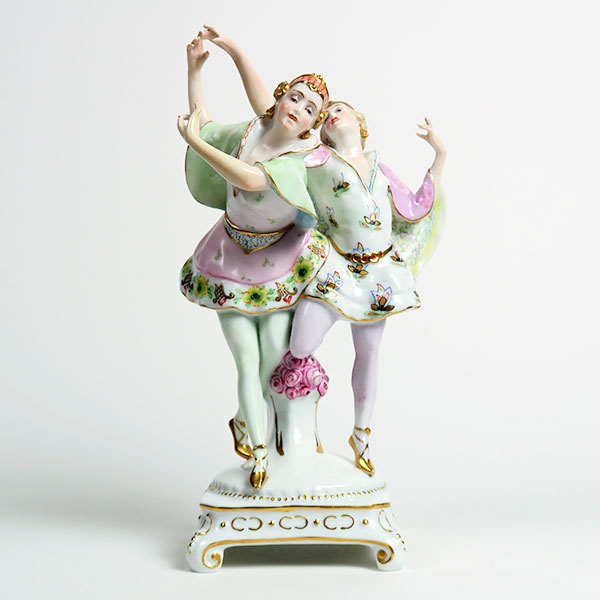
Meissen Ballerinas
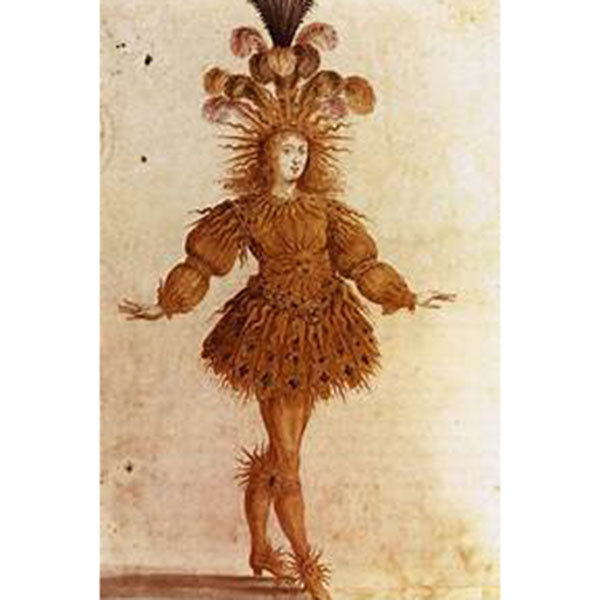
The Sun King
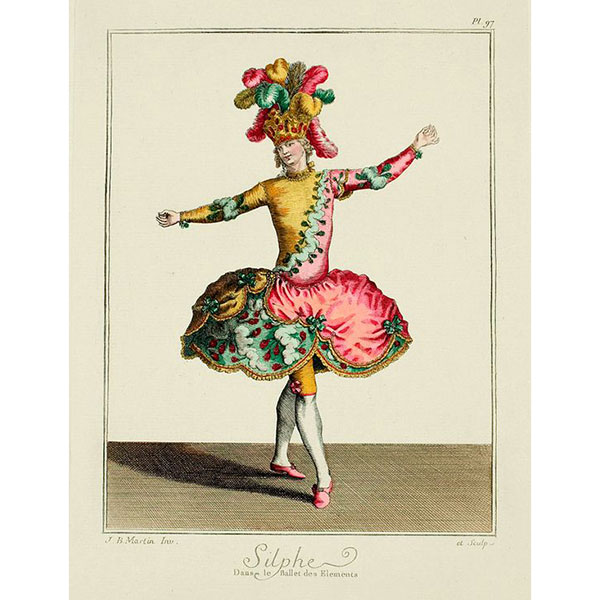
Sylph dans le Ballet des Elements
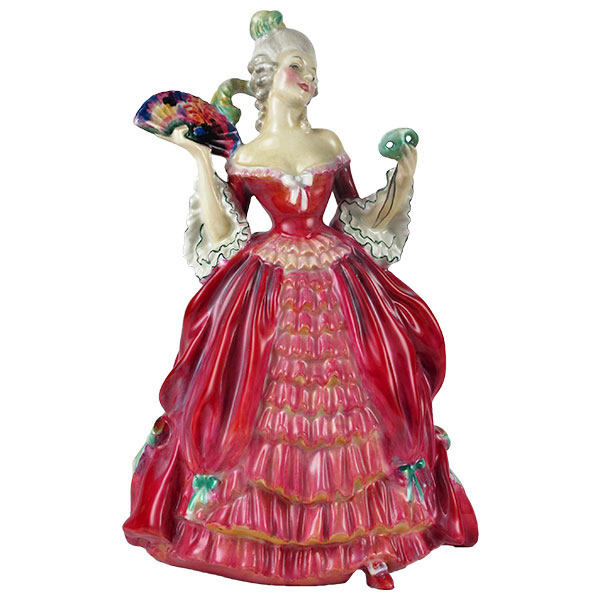
Royal Doulton Prototype Masque by L. Harradine
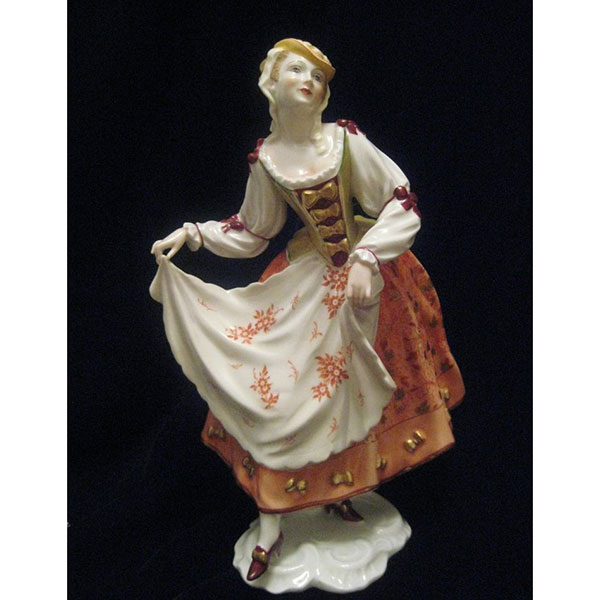
Rosenthal Rococo Dancer by G. Oppel
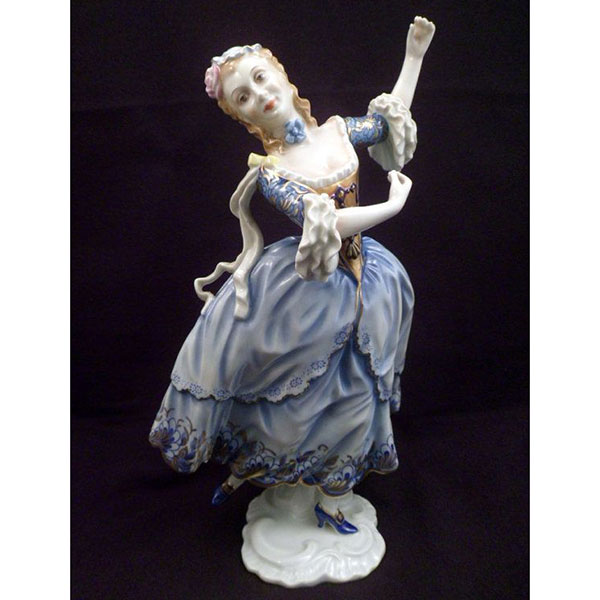
Rosenthal Rococo Dancer by G. Oppel
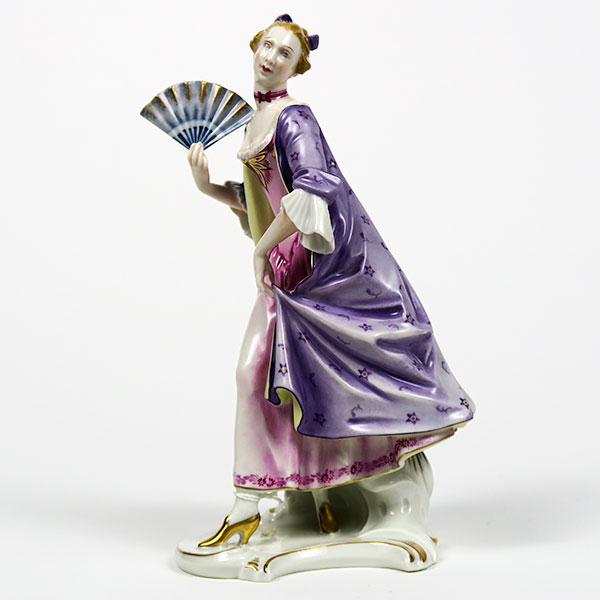
Rosenthal Marquise by G. Oppel
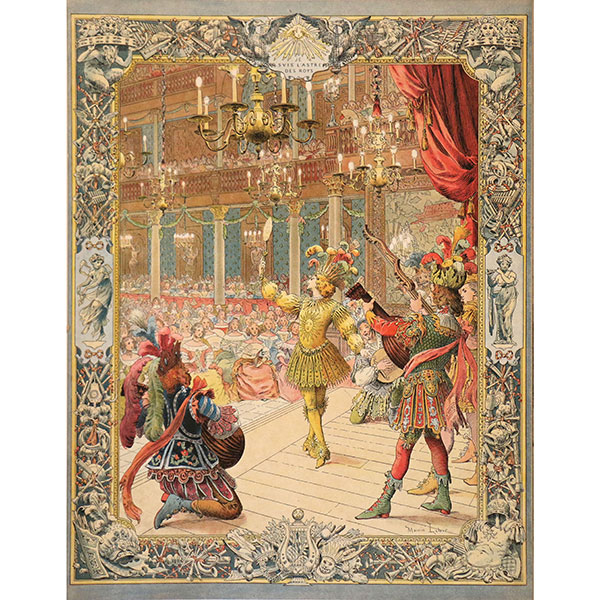
Louis XIV Ballet de la Nuit by M. Leloir
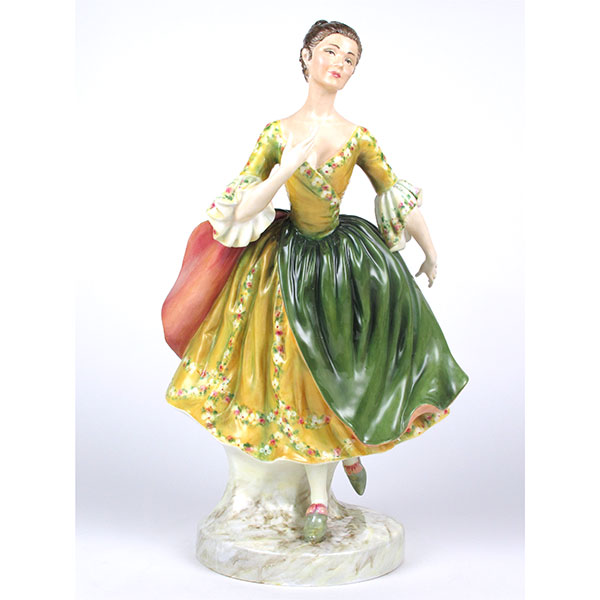
Royal Doulton Prototype La Camargo by P. Davies
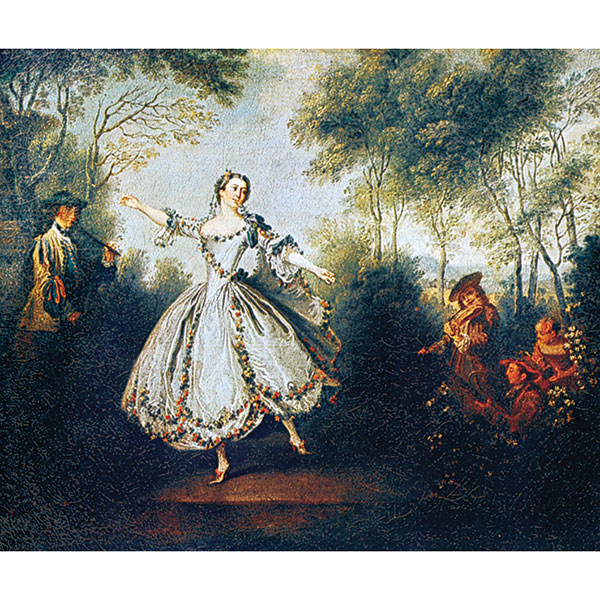
La Camargo Marie Nicolas
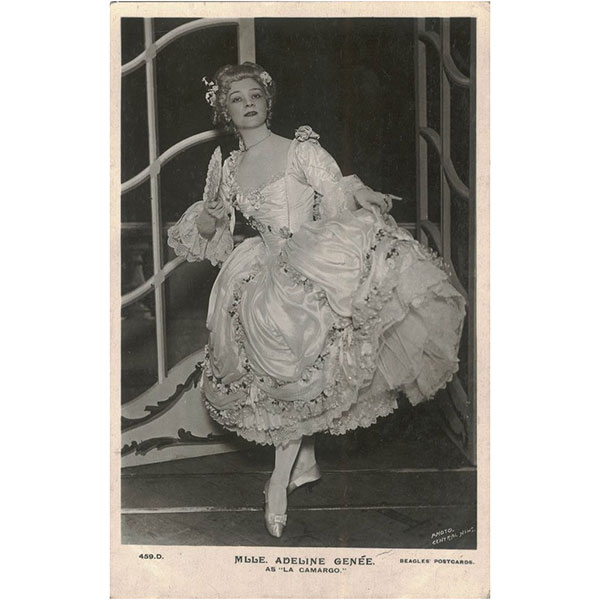
Adeline Genee as La Camargo
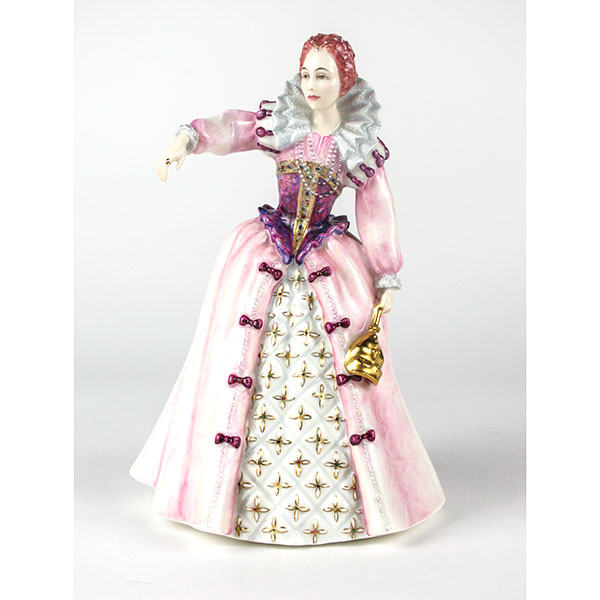
Royal Doulton Trial Queen Elizabeth I by P. Parsons
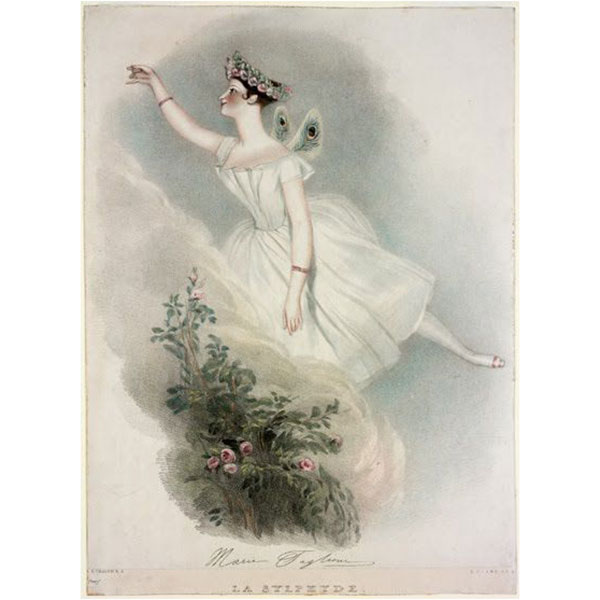
La Sylphide Maria Taglioni
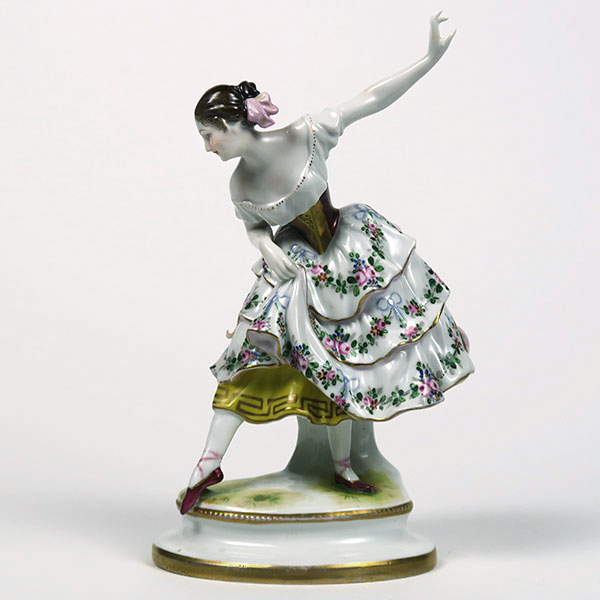
Volksted Marie Guy Stephan by H. Meisel
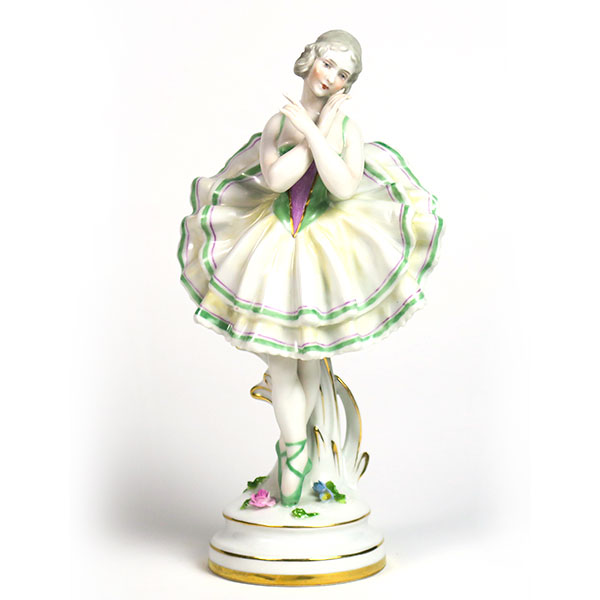
Schierholz Ballerina
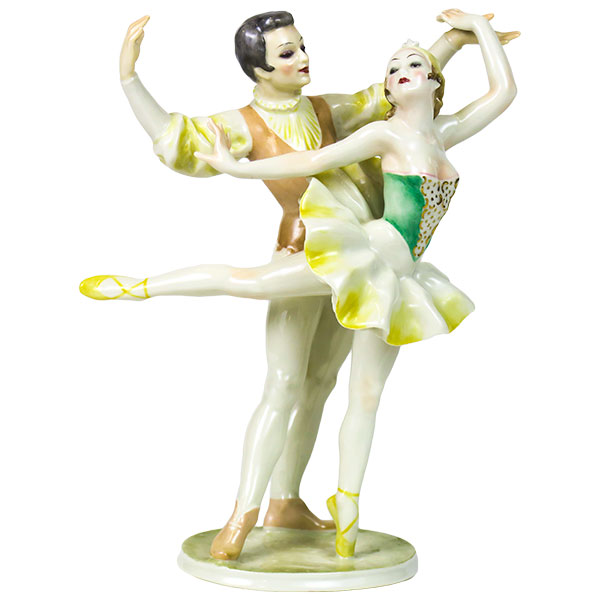
Hutschenreuther Ballet Dancers
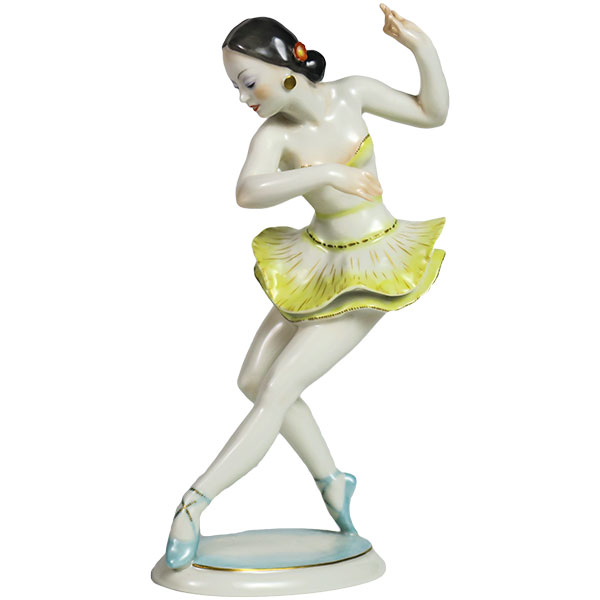
Hutschenreuther Ballerina
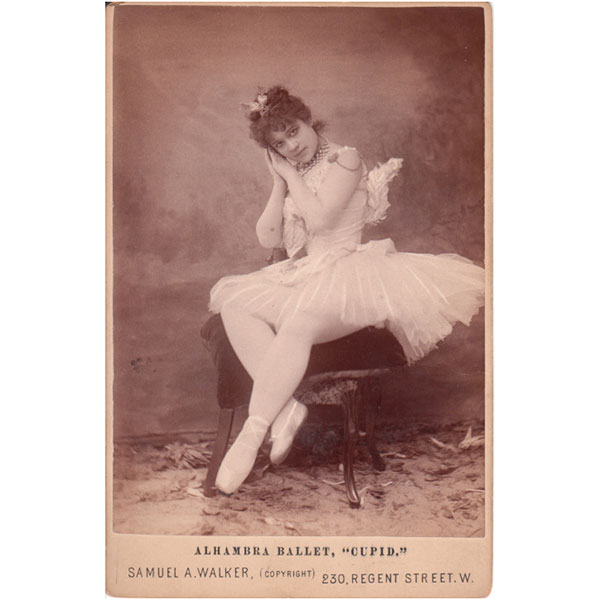
Alhambra Ballet
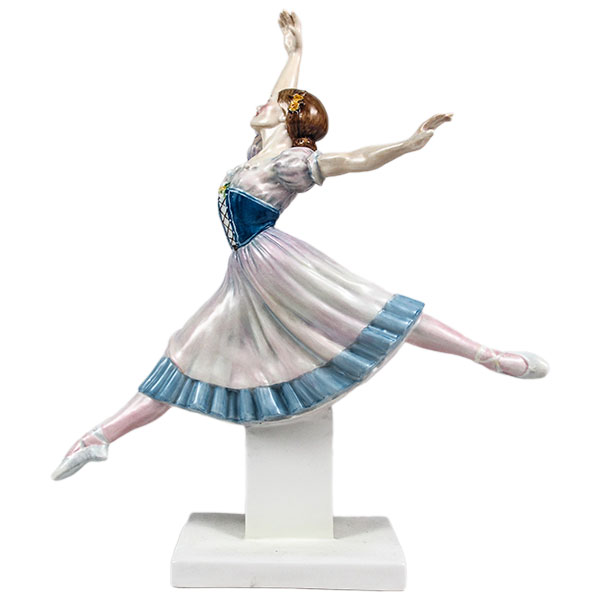
Royal Doulton Prototype Giselle by P. Davies
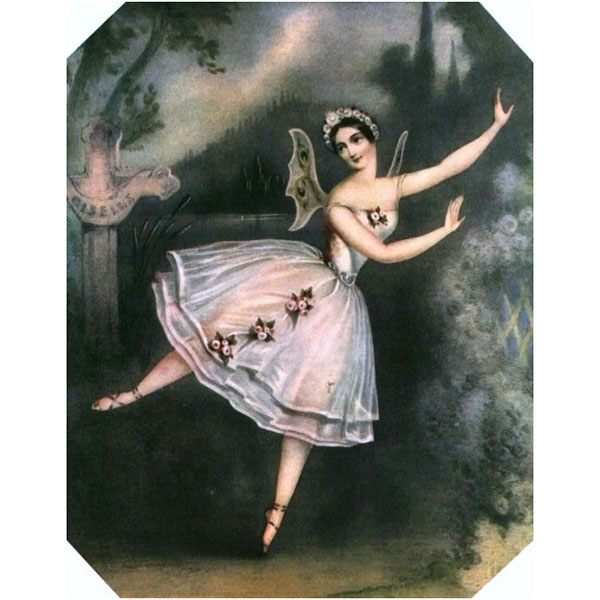
Carlotta Grisi in Giselle
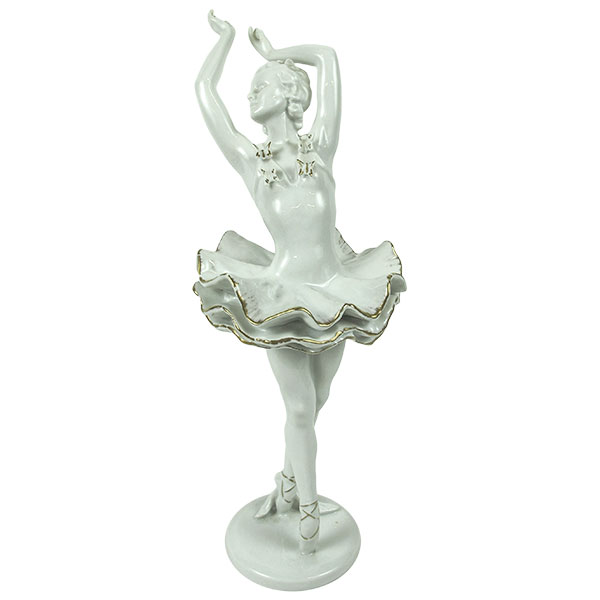
Rosenthal Lilian Harvey as Fanny Ellsler
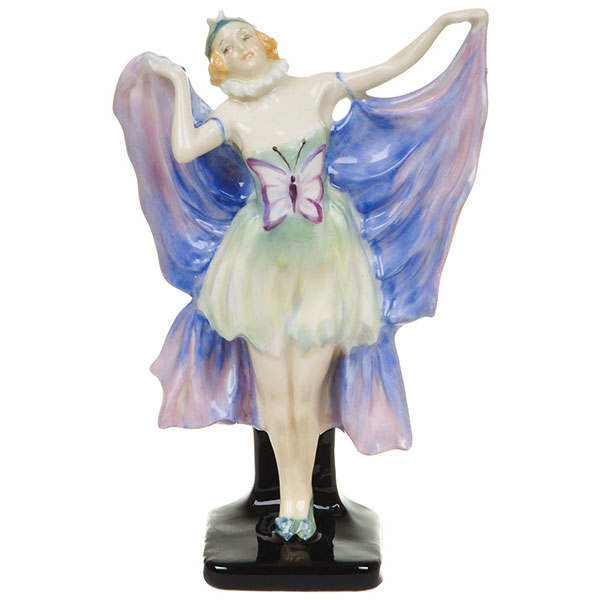
Royal Doulton Butterfly by L. Harradine
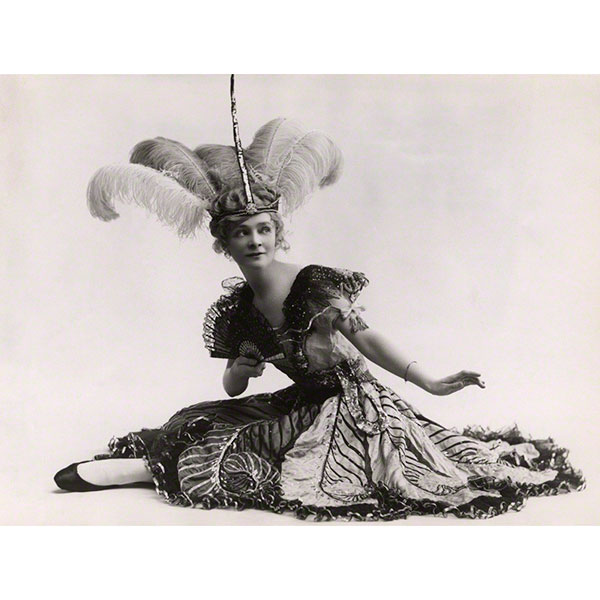
Adeline Genee
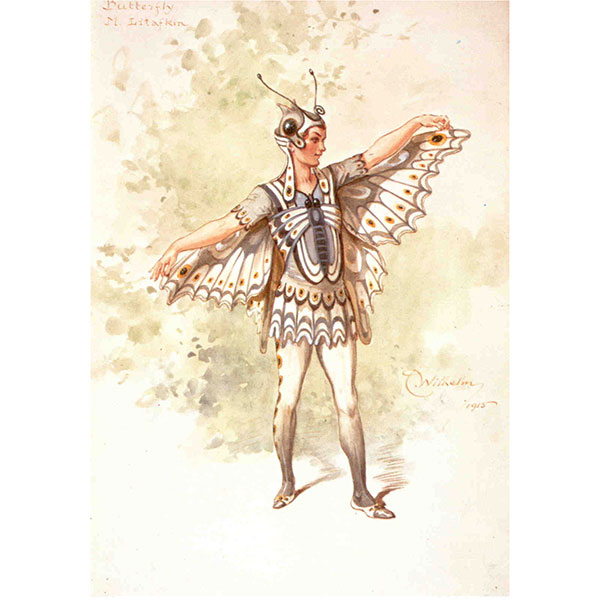
Adeline Genee Butterfly costume by Wilhelm
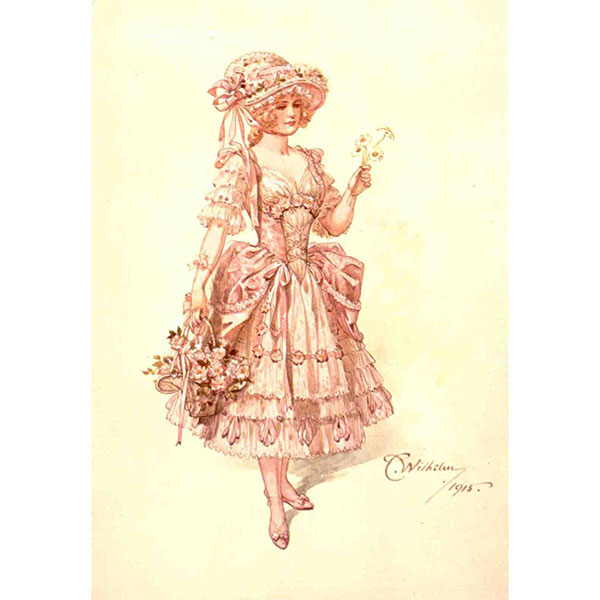
Adeline Genee Spring costume by Wilhelm
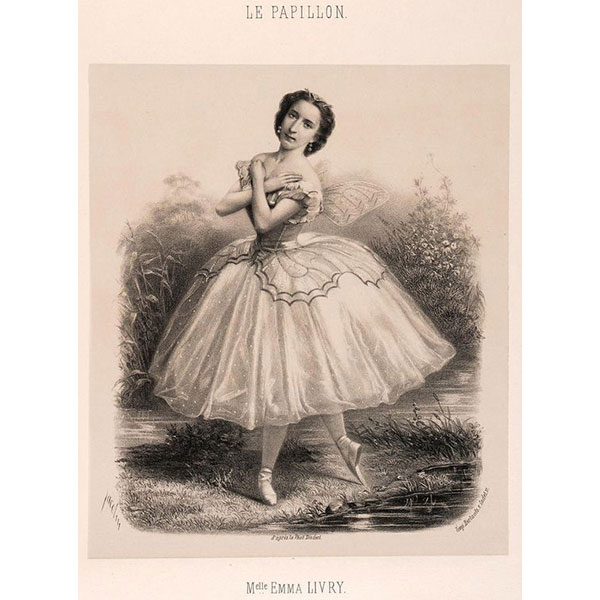
Emma Livry as Farfalla Le Papillon
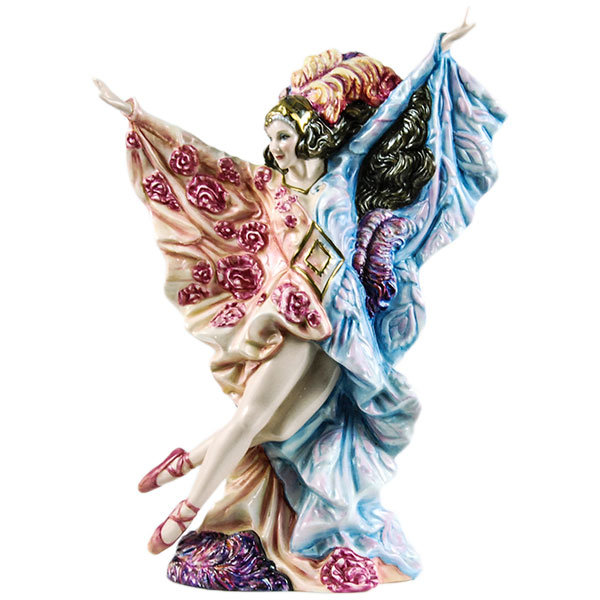
Royal Doulton Butterfly Dancer by V. Annand
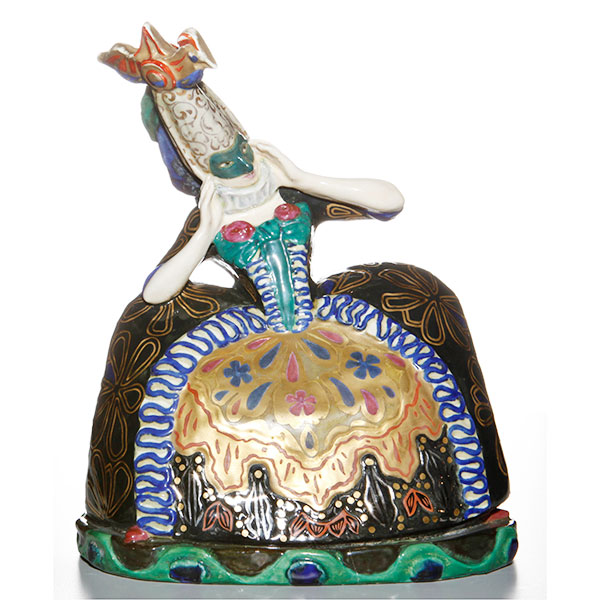
Royal Doulton Marquise Sylvestre by C. J. Noke
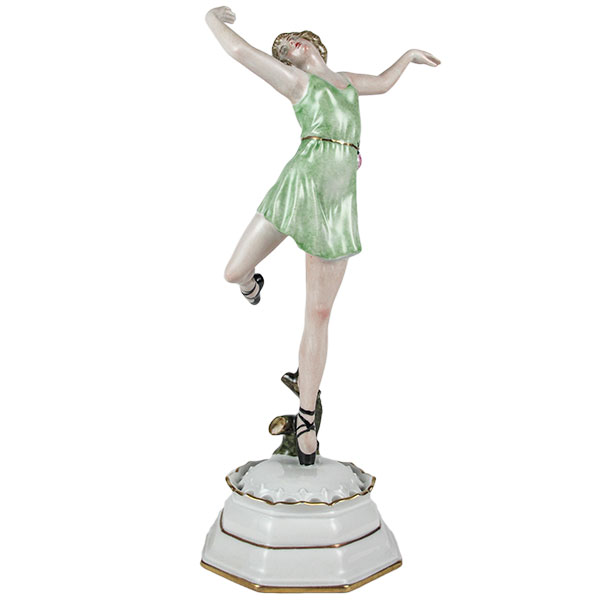
Rosenthal Spring - Russian Dancer by D. Charol
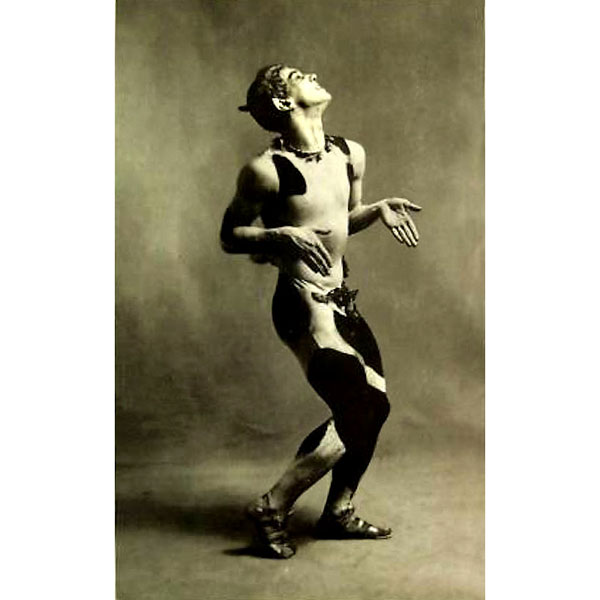
Nijinsky as Faun by L. Bakst
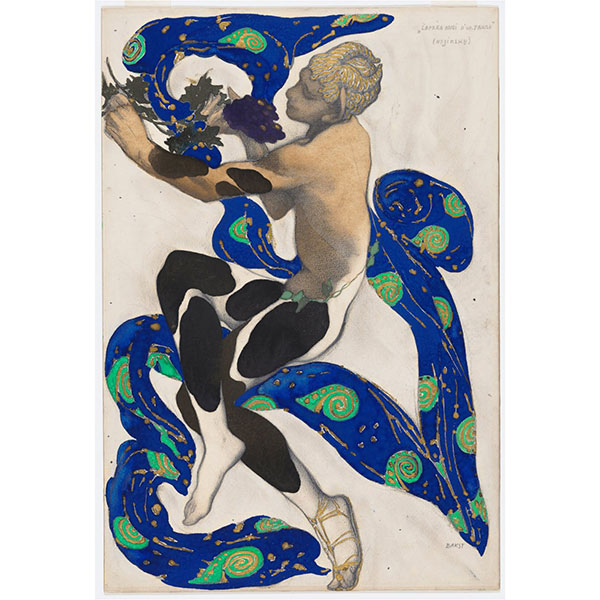
Nijinsky as Faun by L. Bakst
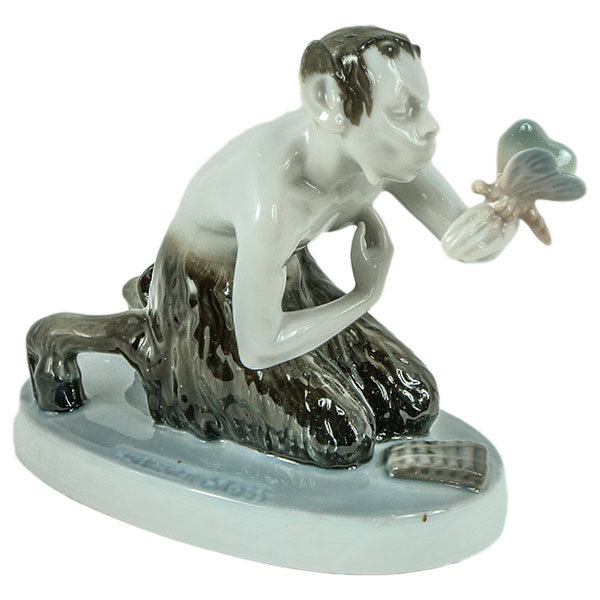
Rosenthal Faun Butterfly by K. Himmelstoss
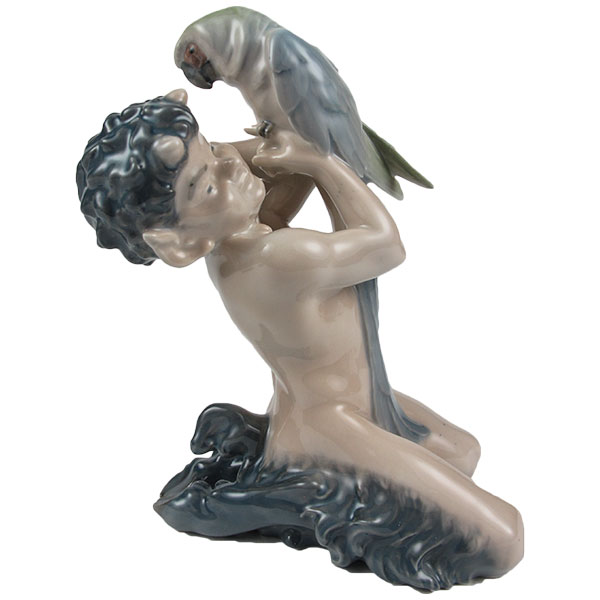
Royal Copenhagen Faun with Parrot
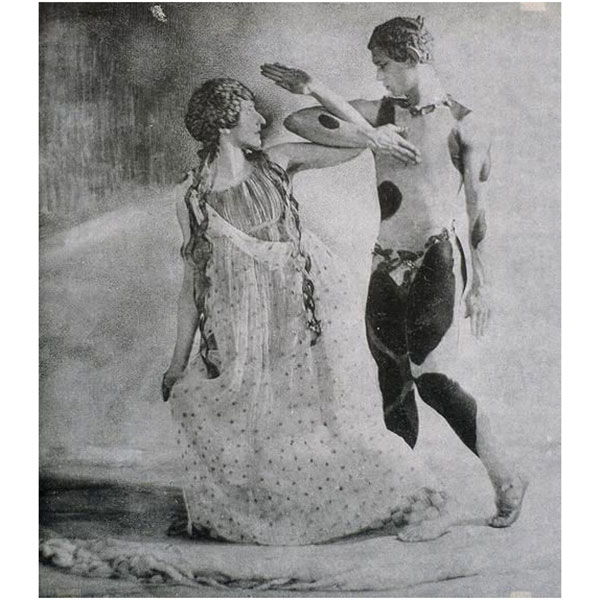
Nijinsky and Nikinska Apres Midi
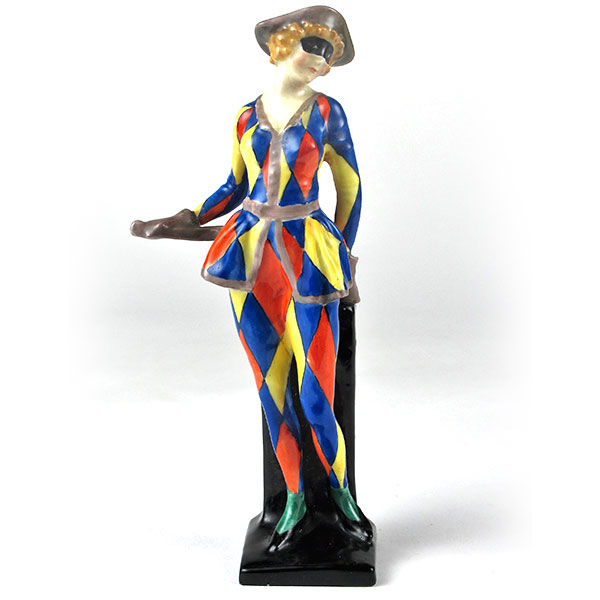
Royal Doulton Harlequinade Masked by L. Harradine
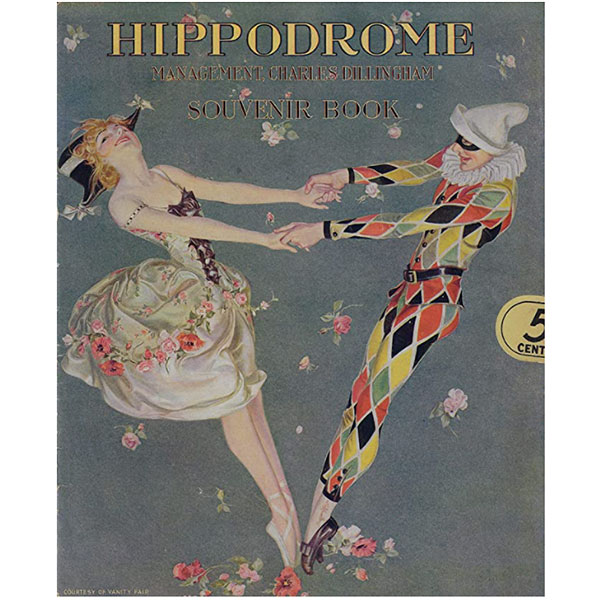
Hippodrome Program
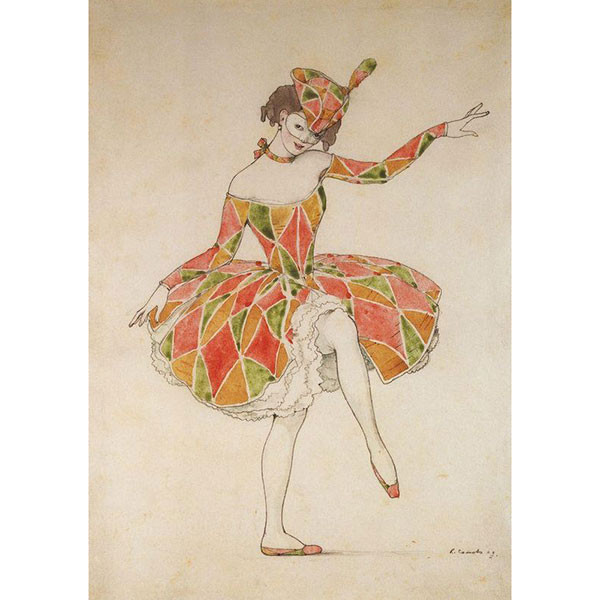
Harlequinade costume for Pavlova by K. Samov
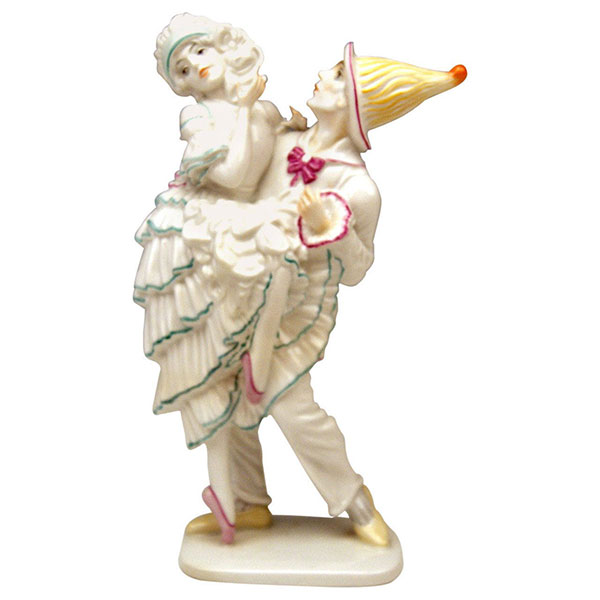
Rosenthal Harlequin & Columbine Lo Hesse Joachim Von Seewitz by V. Caprice
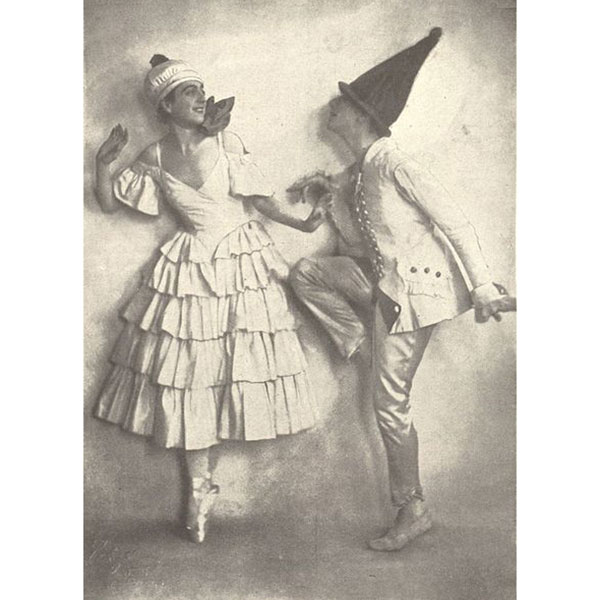
Valse Caprice LoHesse & Joachim von Seewitz
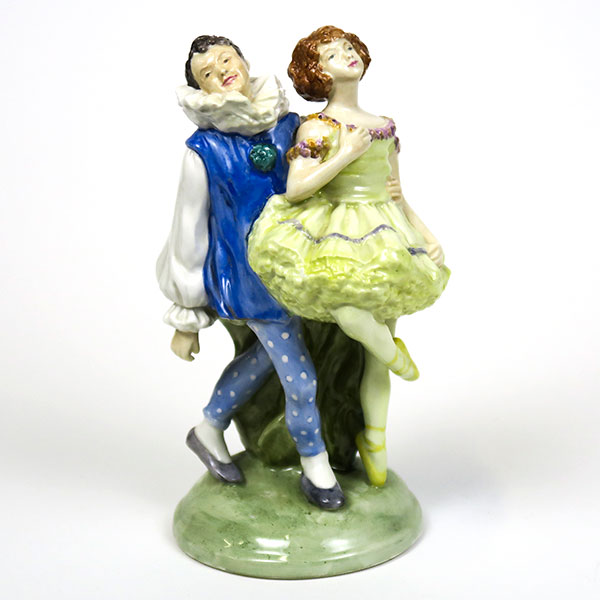
Wedgwood Pierrot & Columbine by K. Goodwin
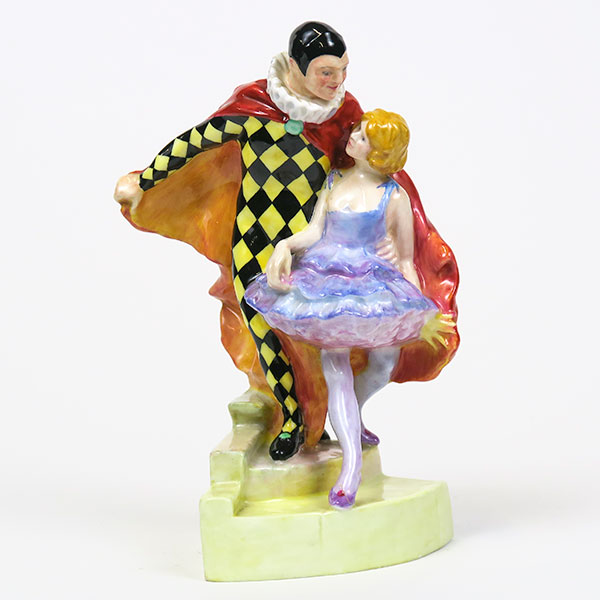
Wedgwood Pierrot & Columbine by K. Goodwin
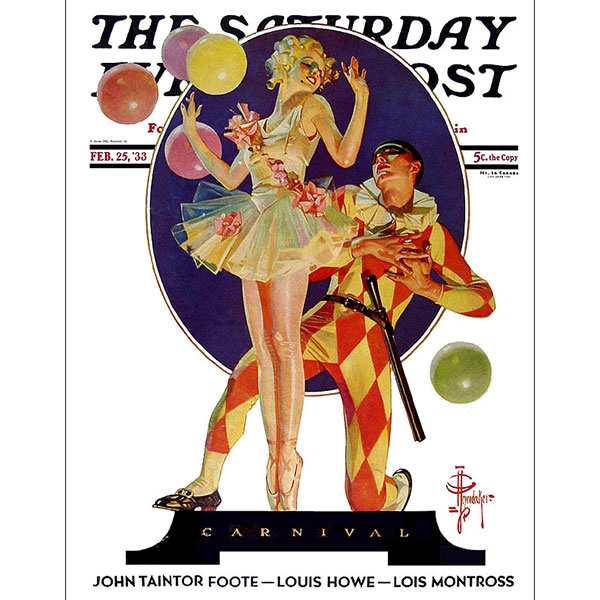
Saturday Evening Post Cover by Pogony
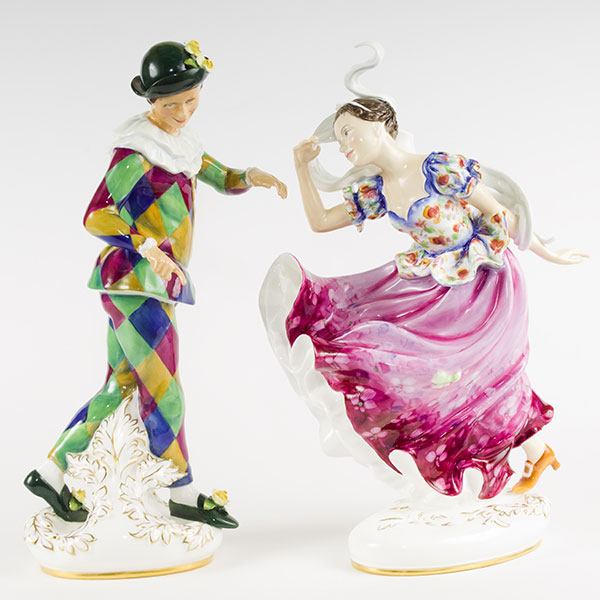
Royal Doulton Harlequin & Columbine
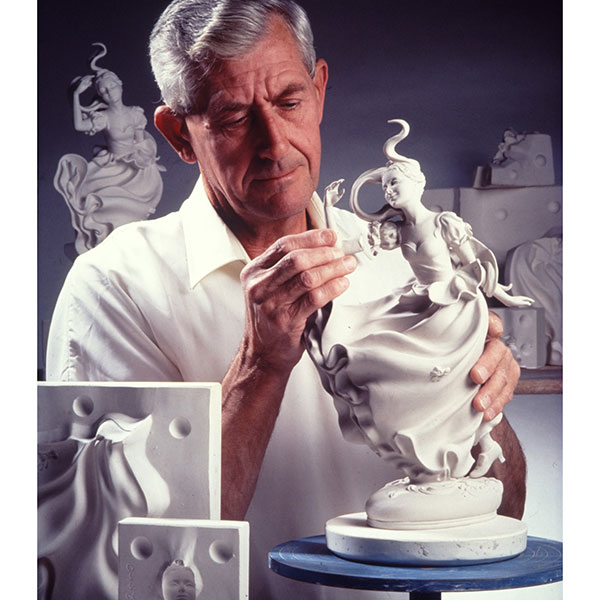
Columbine being made at Royal Doulton
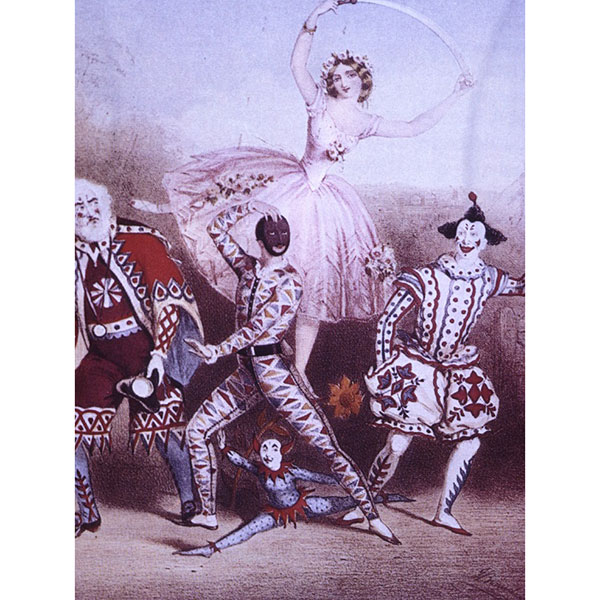
Harlequinade
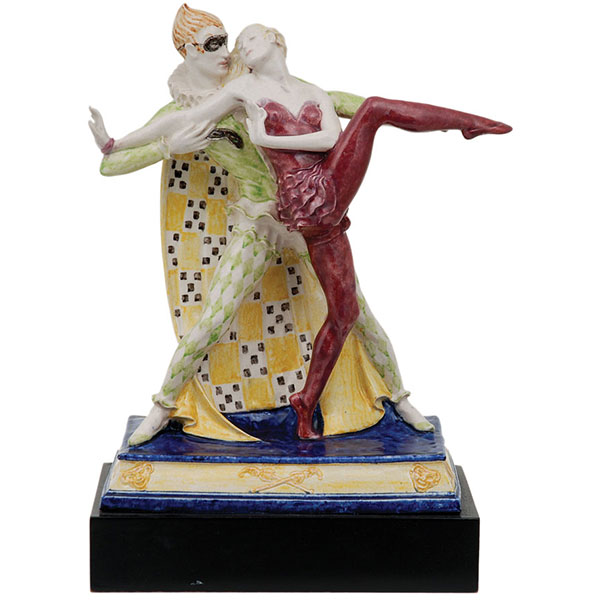
Harlequinade by J. Bidder
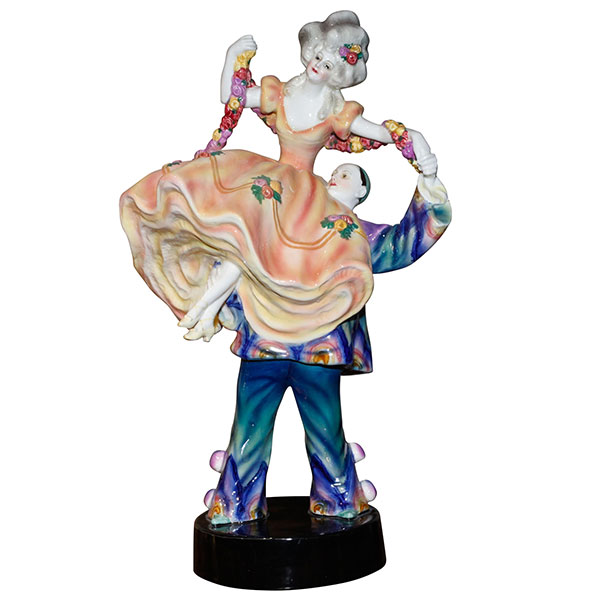
Goldscheider Harlequin & Columbine
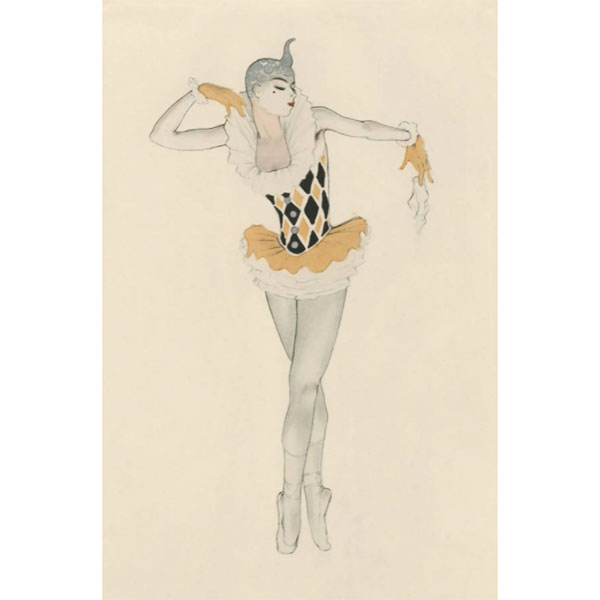
Columbine by W. Schnackenburg
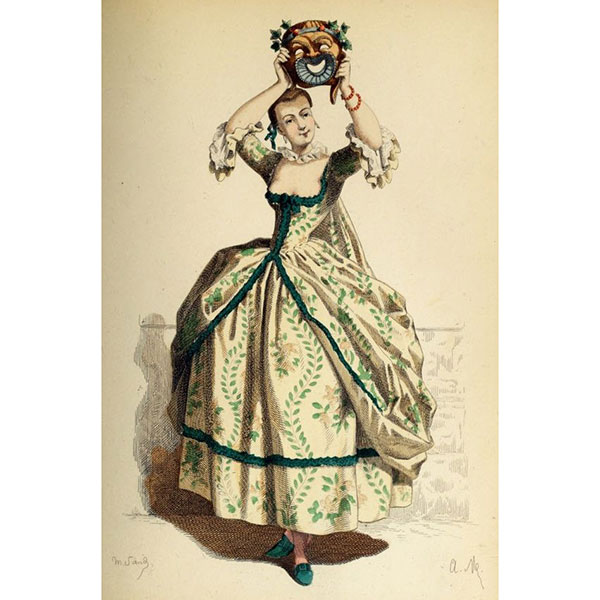
Columbina Lauren Luo on Prezi
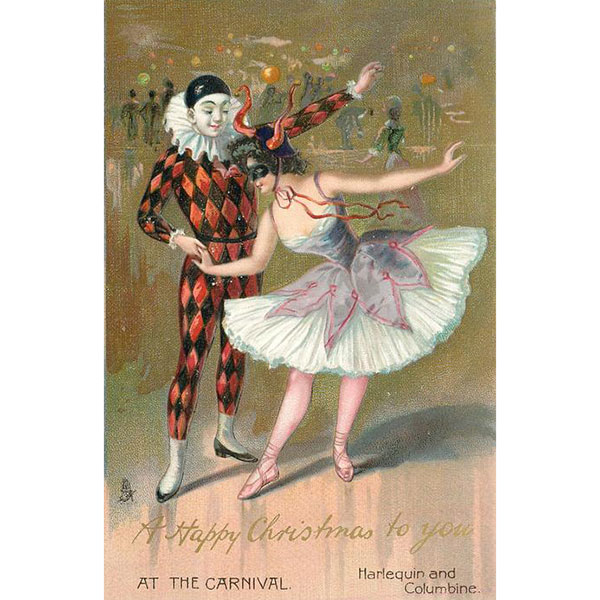
Harlequin & Columbine Christmas Card by R. Tuck
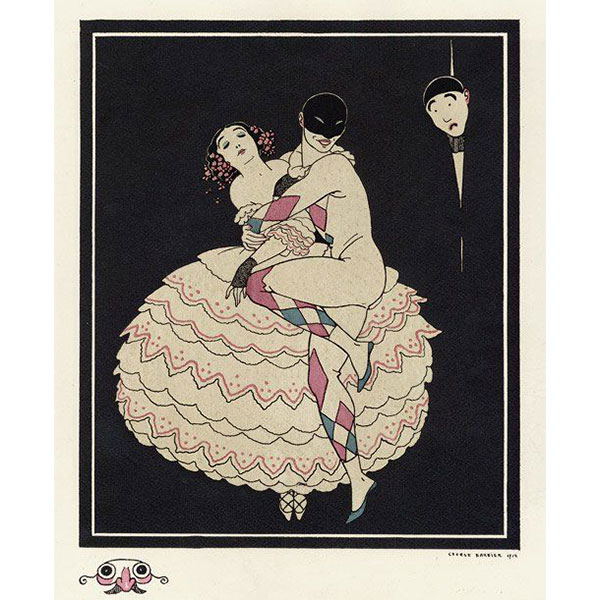
Carnaval by G. Barbier
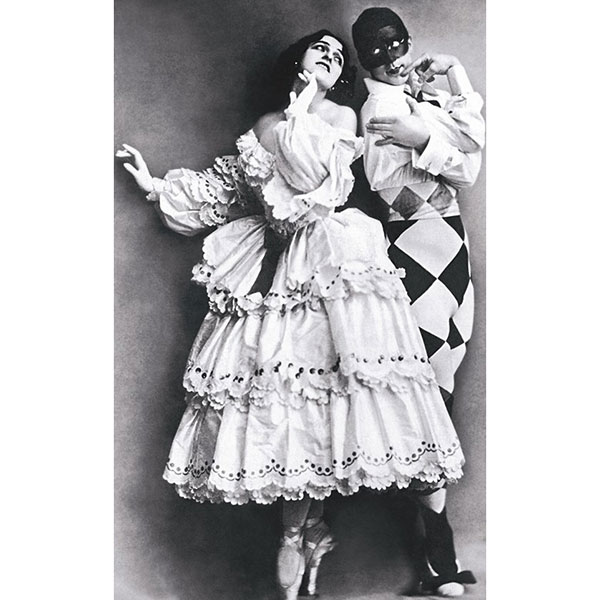
Carnaval Diaghilev Fokine & Fokina De Jaeger
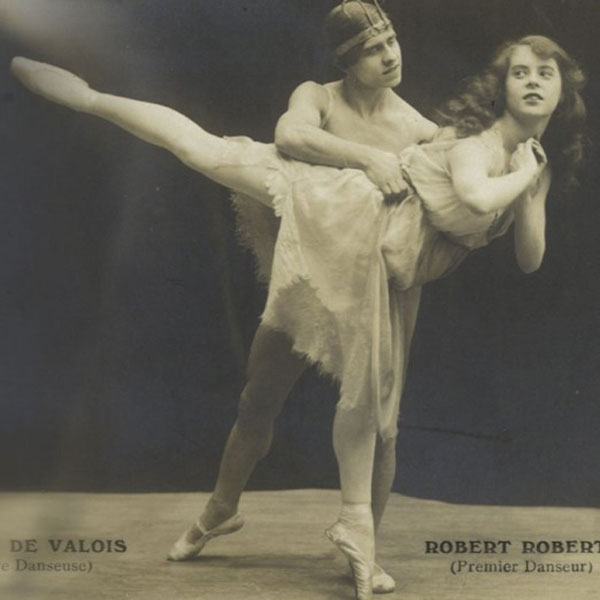
Ninette de Valois
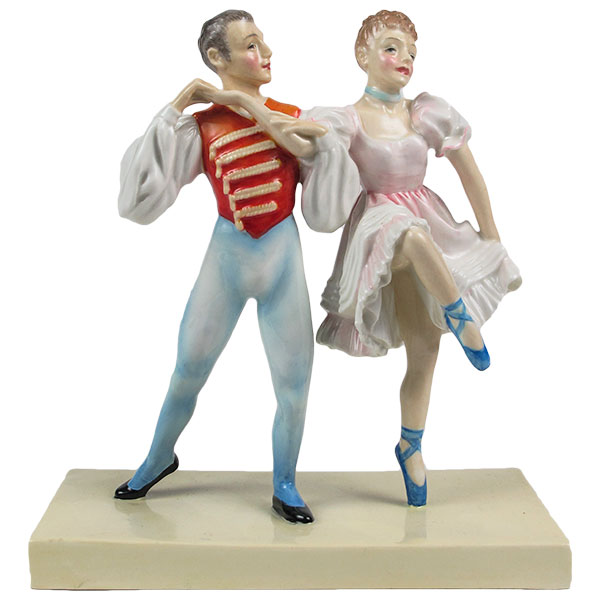
Royal Doulton Prototype Promenade Shearer & Rassine by R. Asplin
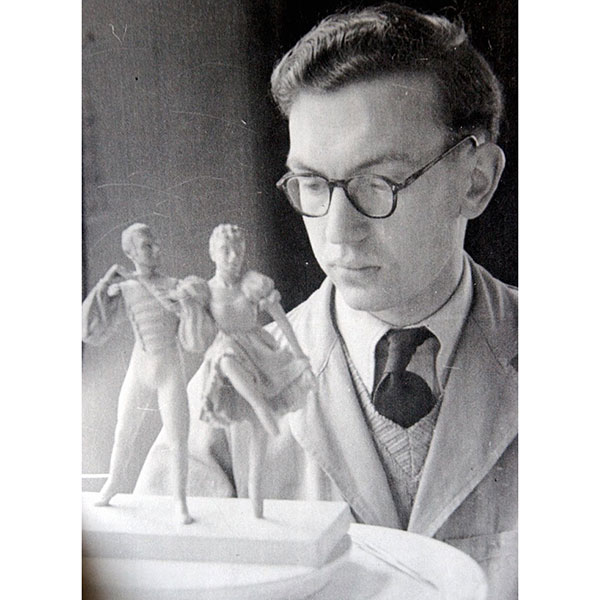
Roy Asplin aged 18
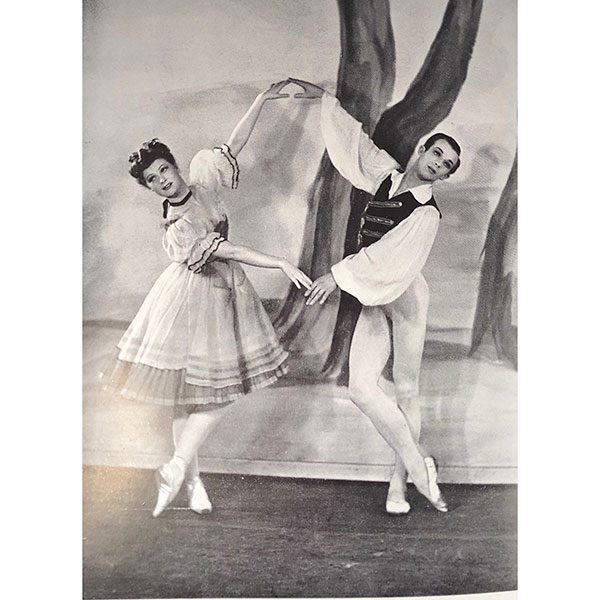
Moira Shearer & Alexis Rassine in Promenade
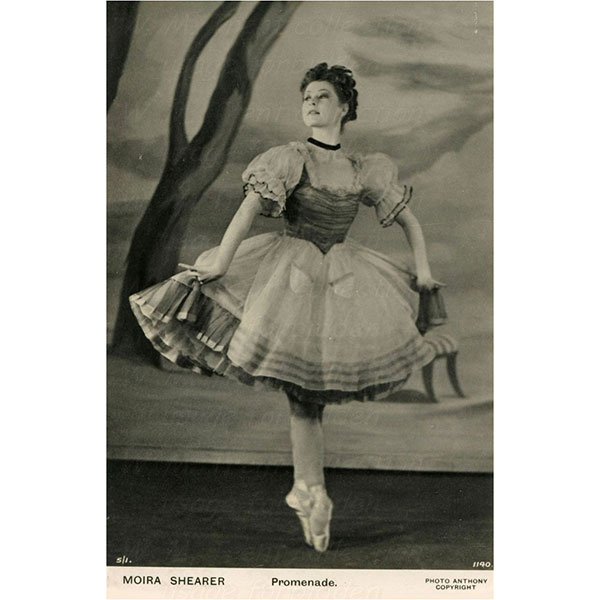
Moira Shearer in Promenade
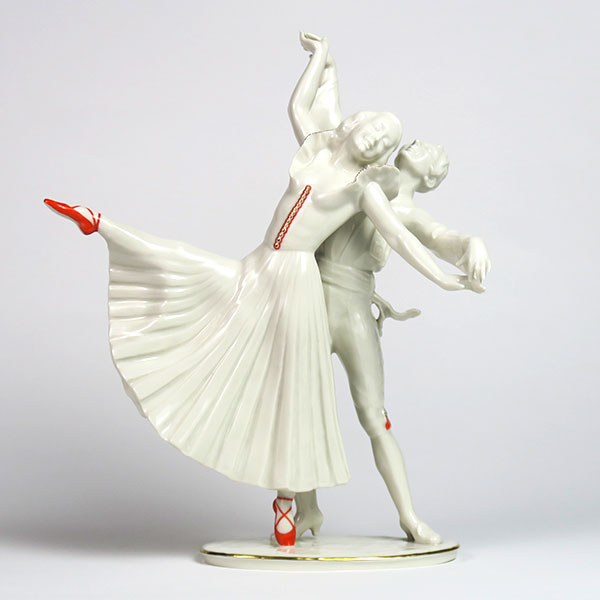
Hutschenreuther Red Shoes
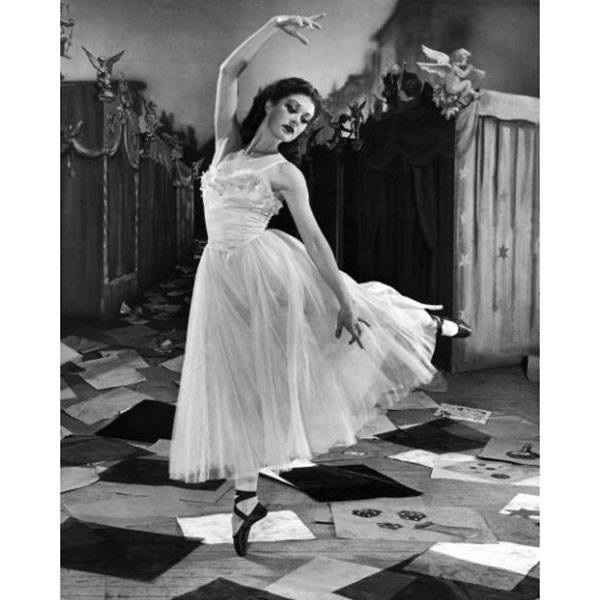
Moira Shearer in the Red Shoes
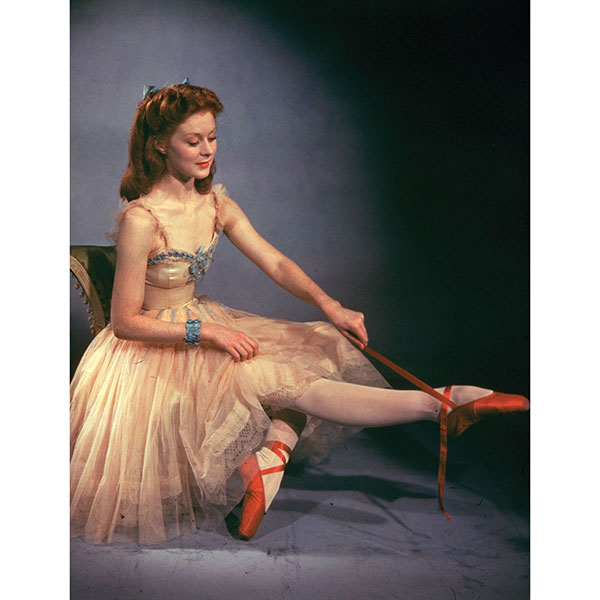
Moira Shearer ties Red Shoes
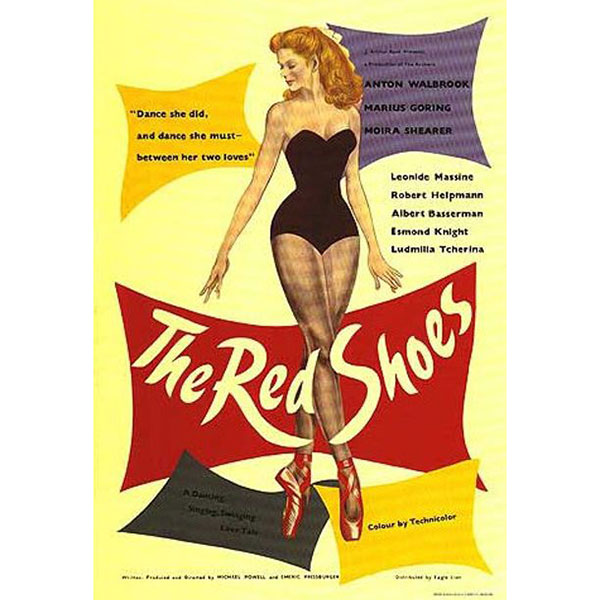
Red Shoes movie poster
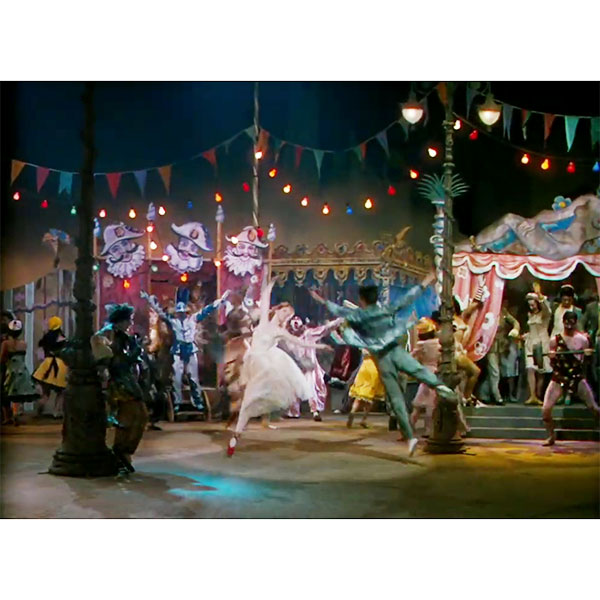
Red Shoes movie
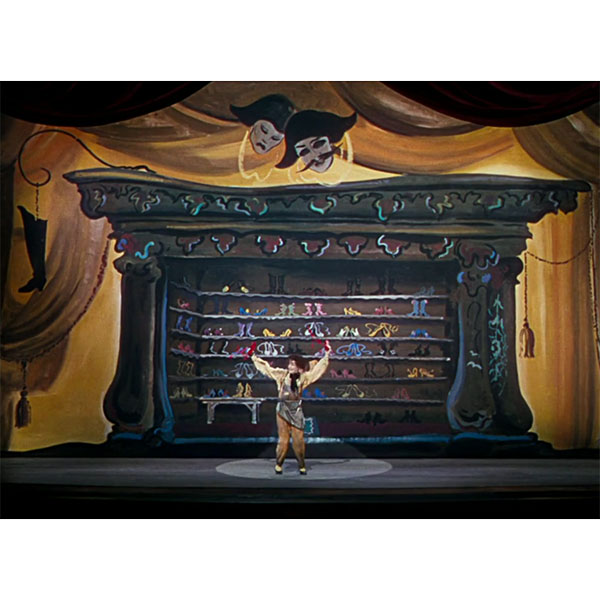
Red Shoes movie
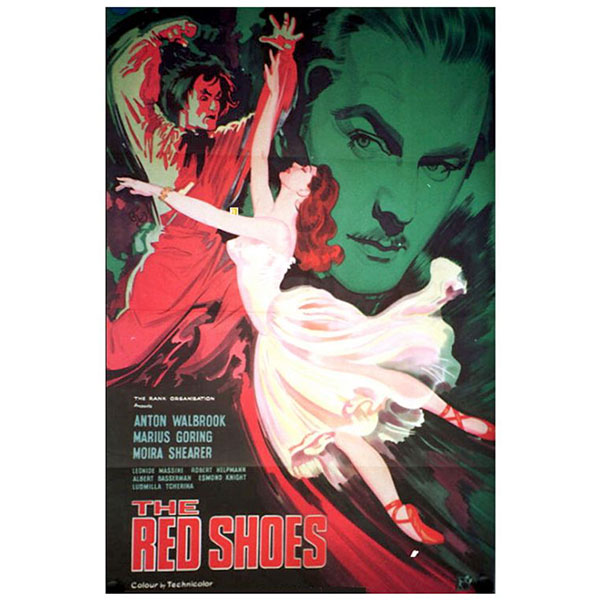
Red Shoes movie poster
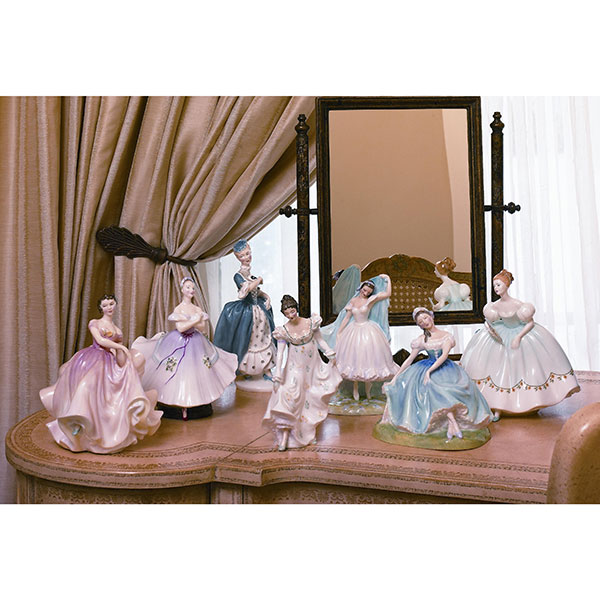
Dancers Collection by P. Davies
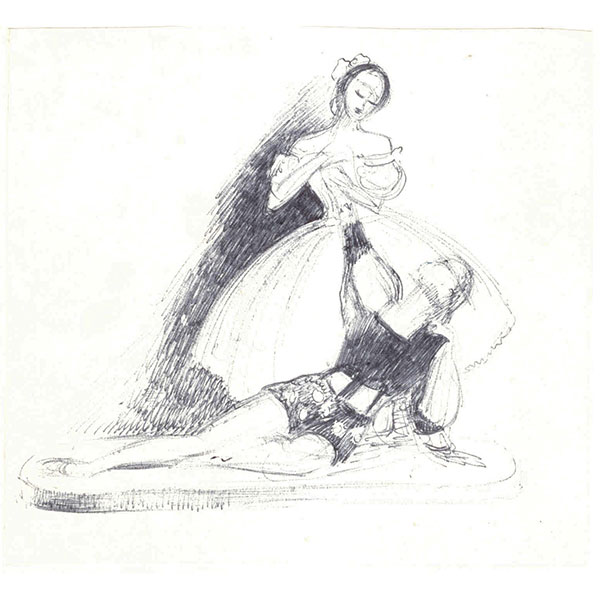
Peggy Davies Sketch Giselle Sketch
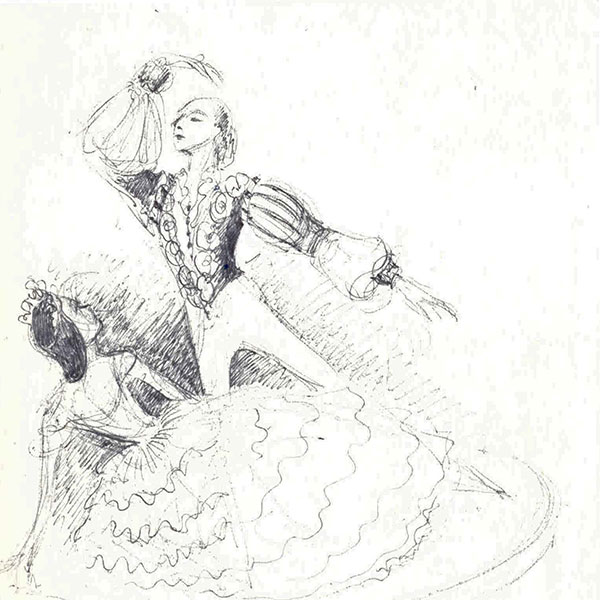
Peggy Davies Sketch
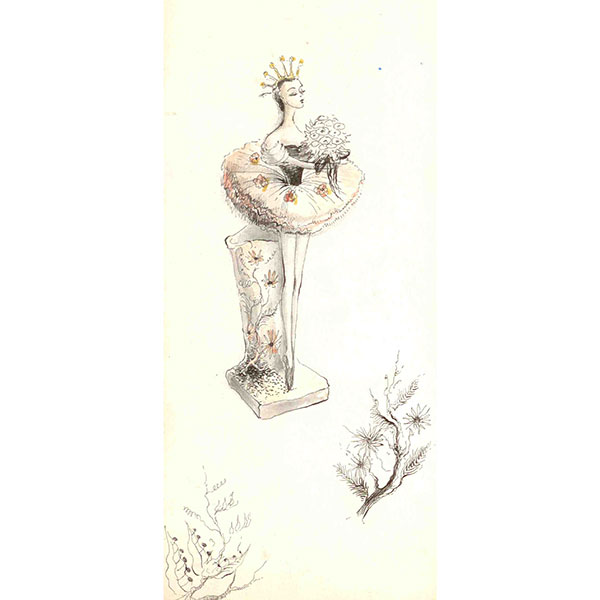
Ballet Sketch P. Davies
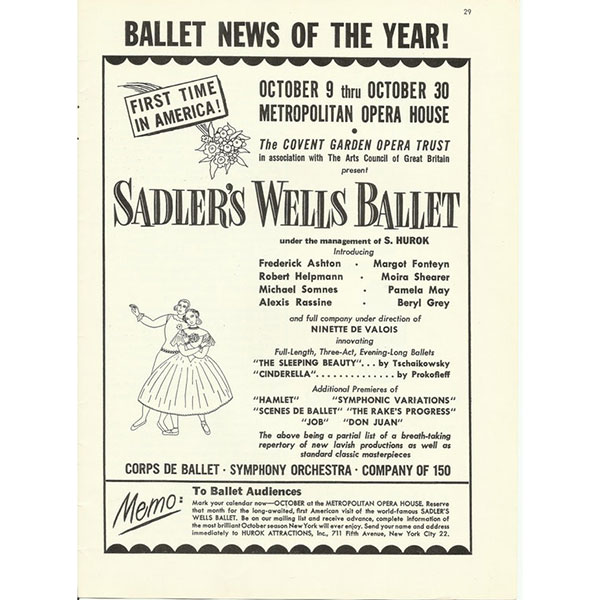
Sadler's Wells USA debut
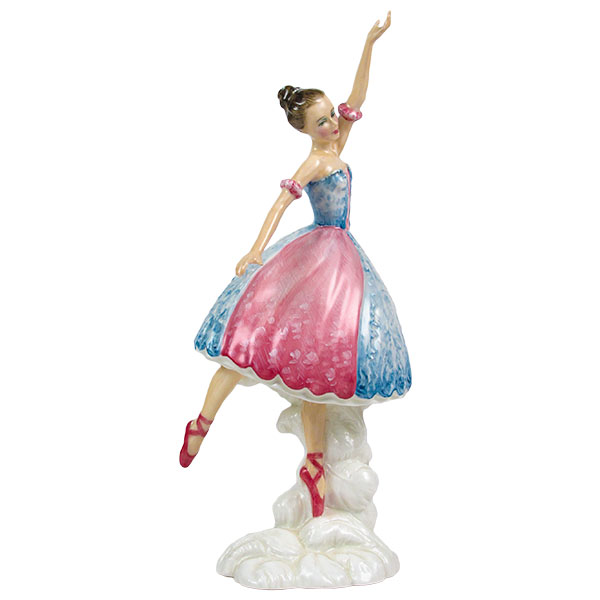
Royal Doulton Ballerina Red Shoes by P. Davies
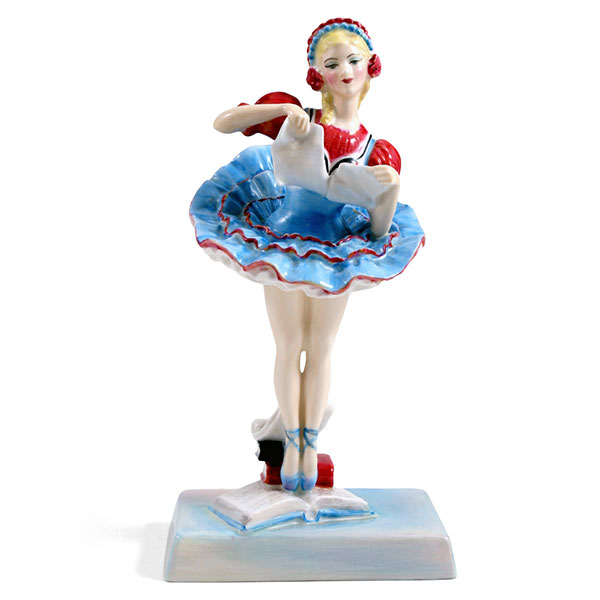
Royal Doulton Coppelia by P. Davies
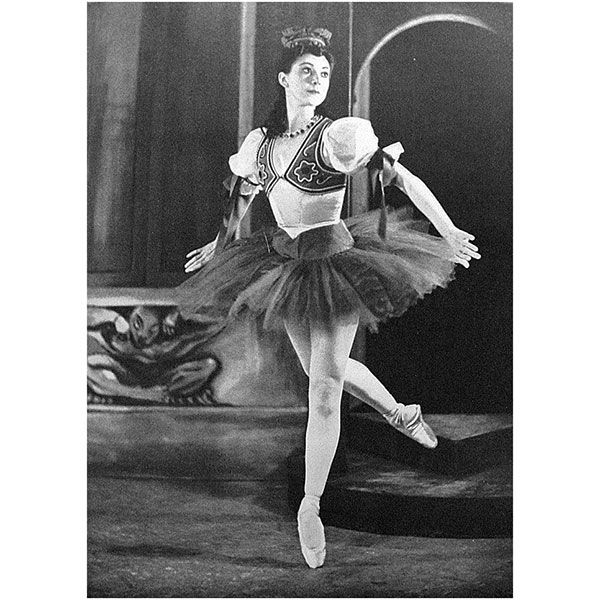
Margot Fonteyn in Coppelia
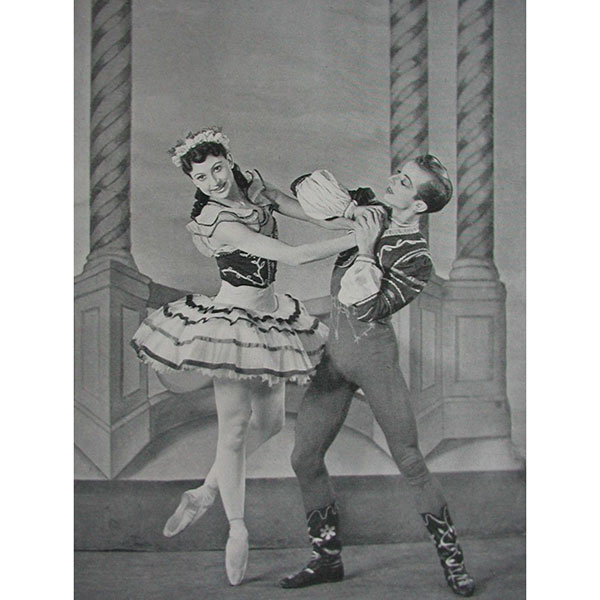
Alexis Rassine & Margot Fonteyn in Coppelia
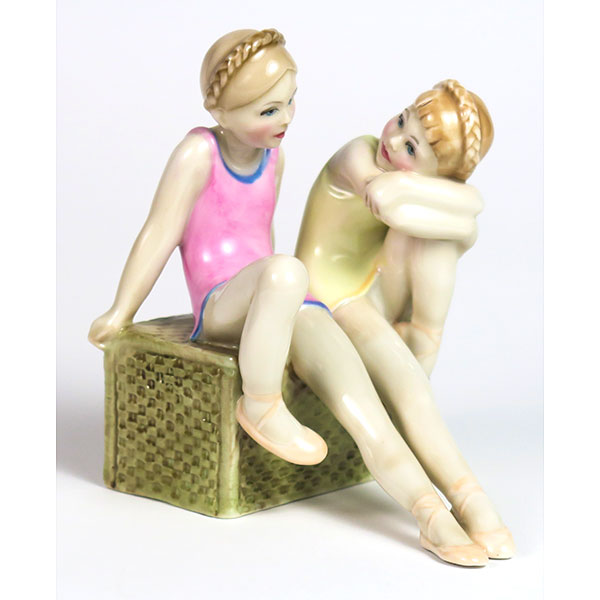
Royal Doulton Tomorrow's Dreams Trial by P. Parsons
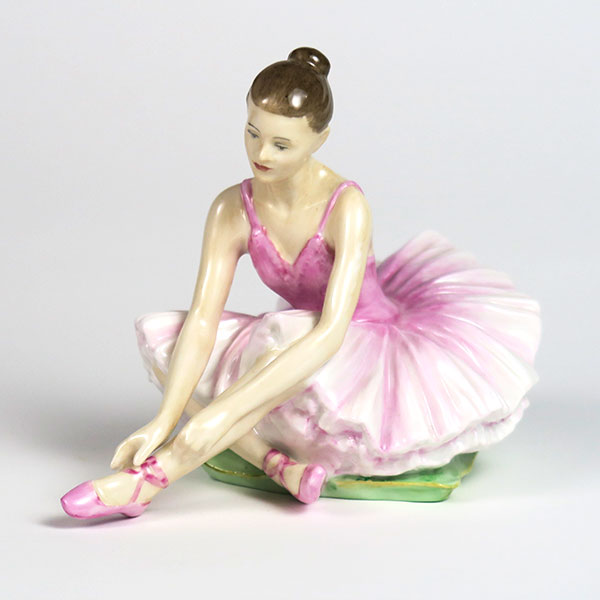
Royal Doulton Prototype
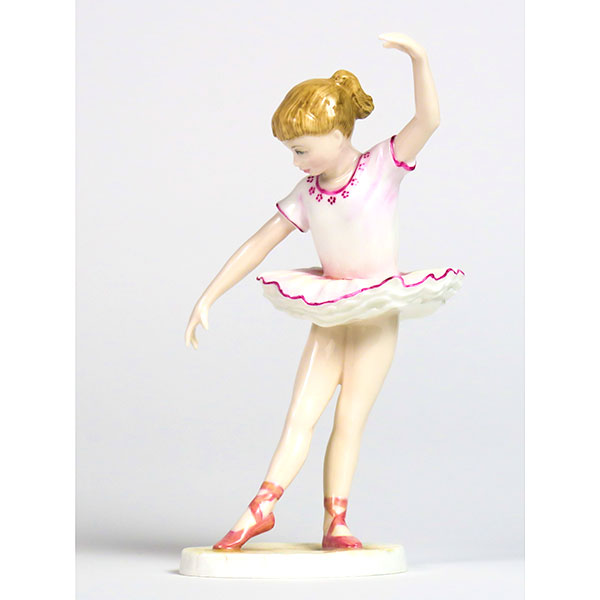
Royal Doulton Color Trial
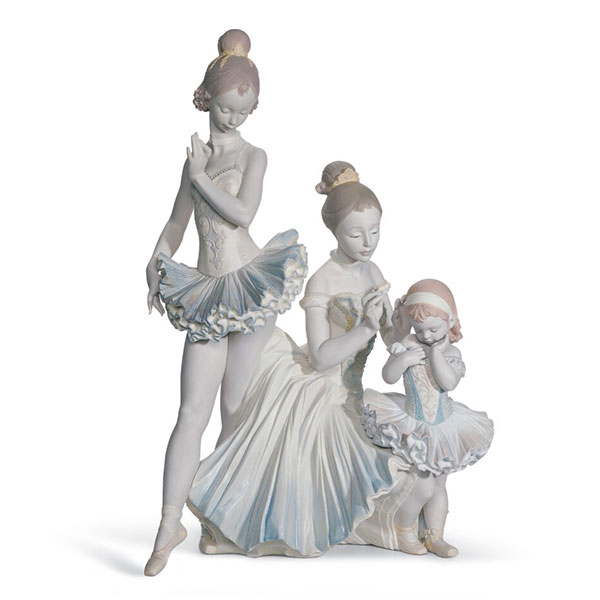
Lladró Love for Ballet
